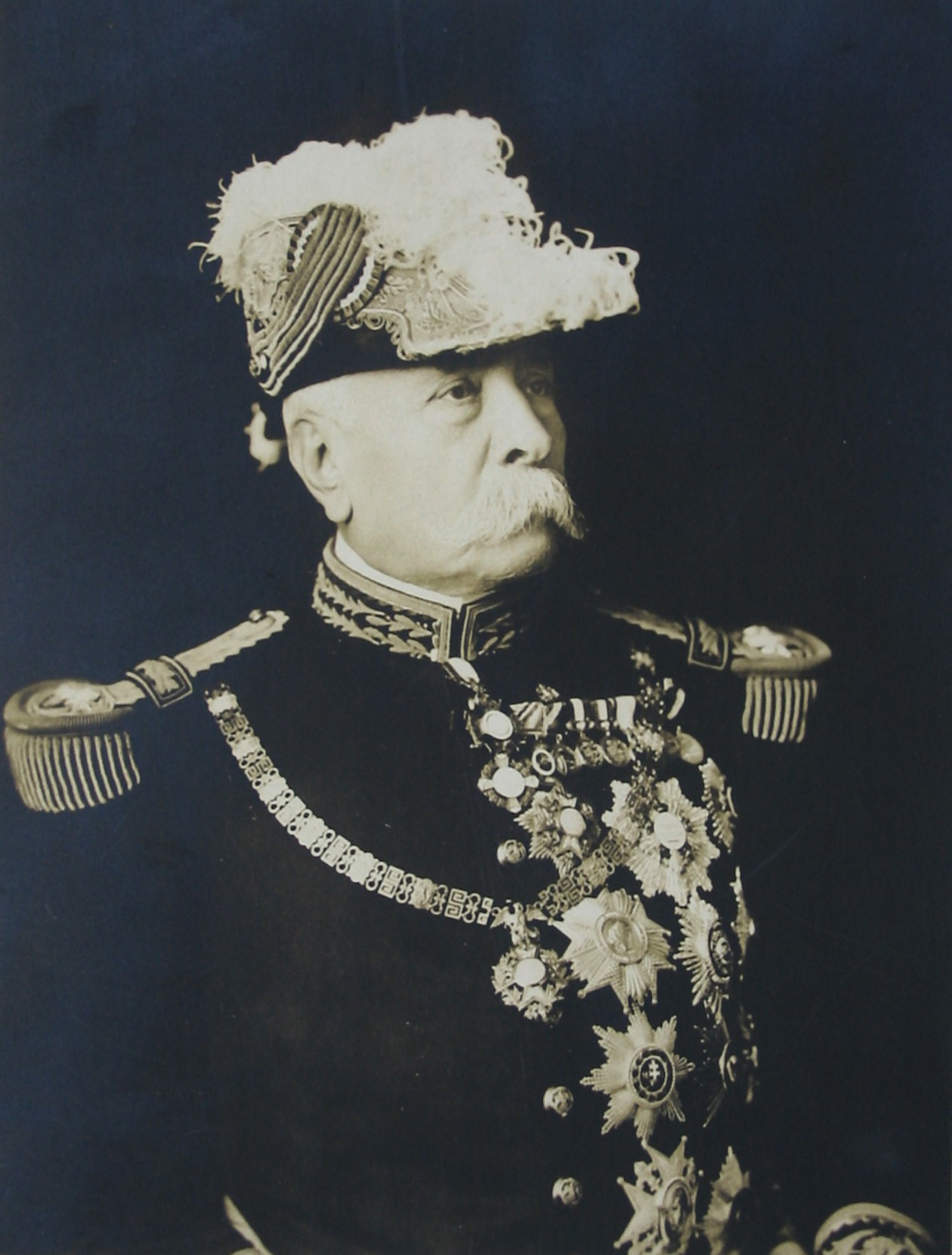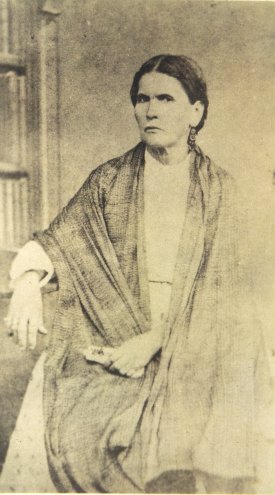|
Germany–Mexico Relations
The nations of Germany and Mexico first established formal diplomatic relations in 1879, following the unification of Germany. In 1917, the German Empire proposed a World War I alliance with Mexico against the United States in the Zimmermann Telegram before it was foiled by British intelligence agents. The two nations were twice on the opposite sides of 20th century conflicts: first in the Spanish Civil War from 1936 to 1939, and later during World War II from 1942 to 1945. Mexico established relations with both halves of partitioned Germany in 1952 and maintained the relationship through the German reunification in 1990. Both nations are members of the G-20 major economies, Organisation for Economic Co-operation and Development and the United Nations. History 19th century German clergy and technical mining personnel arrived in colonial Mexico in the late eighteenth and early nineteenth centuries. One of the first contacts between Germany and Mexico was via the scientific ... [...More Info...] [...Related Items...] OR: [Wikipedia] [Google] [Baidu] |
Germany
Germany, officially the Federal Republic of Germany, is a country in Central Europe. It lies between the Baltic Sea and the North Sea to the north and the Alps to the south. Its sixteen States of Germany, constituent states have a total population of over 84 million in an area of , making it the most populous member state of the European Union. It borders Denmark to the north, Poland and the Czech Republic to the east, Austria and Switzerland to the south, and France, Luxembourg, Belgium, and the Netherlands to the west. The Capital of Germany, nation's capital and List of cities in Germany by population, most populous city is Berlin and its main financial centre is Frankfurt; the largest urban area is the Ruhr. Settlement in the territory of modern Germany began in the Lower Paleolithic, with various tribes inhabiting it from the Neolithic onward, chiefly the Celts. Various Germanic peoples, Germanic tribes have inhabited the northern parts of modern Germany since classical ... [...More Info...] [...Related Items...] OR: [Wikipedia] [Google] [Baidu] |
New Spain
New Spain, officially the Viceroyalty of New Spain ( ; Nahuatl: ''Yankwik Kaxtillan Birreiyotl''), originally the Kingdom of New Spain, was an integral territorial entity of the Spanish Empire, established by Habsburg Spain. It was one of several domains established during the Spanish colonization of the Americas, Spanish conquest of the Americas, and had its capital in Mexico City. Its jurisdiction comprised a large area of the southern and western portions of North America, mainly what became Mexico and the Southwestern United States, but also California, Florida and Louisiana (New Spain), Louisiana; Central America as Mexico, the Caribbean like Hispaniola and Martinique, Martinica, and northern parts of South America, even Colombia; several Pacific archipelagos, including the Philippines and Guam. Additional Asian colonies included "Spanish Formosa", on the island of Taiwan. After the 1521 Spanish conquest of the Aztec Empire, conqueror Hernán Cortés named the territory New S ... [...More Info...] [...Related Items...] OR: [Wikipedia] [Google] [Baidu] |
Mexican Revolution
The Mexican Revolution () was an extended sequence of armed regional conflicts in Mexico from 20 November 1910 to 1 December 1920. It has been called "the defining event of modern Mexican history". It saw the destruction of the Federal Army, its replacement by a Liberation Army of the South, revolutionary army, and the transformation of Mexican culture and Federal government of Mexico, government. The northern Constitutionalists in the Mexican Revolution, Constitutionalist faction prevailed on the battlefield and drafted the present-day Constitution of Mexico, which aimed to create a strong central government. Revolutionary generals held power from 1920 to 1940. The revolutionary conflict was primarily a civil war, but foreign powers, having important economic and strategic interests in Mexico, figured in the outcome of Mexico's power struggles; United States involvement in the Mexican Revolution, the U.S. involvement was particularly high. The conflict led to the deaths of around ... [...More Info...] [...Related Items...] OR: [Wikipedia] [Google] [Baidu] |
Zimmerman Telegram WWI Image
Zimmerman may refer to: * Zimmerman (surname), a surname and a list of people with the name * Zimmerman, Ontario, Canada * Zimmerman, Nairobi, a suburb *Zimmerman, Minnesota, U.S., a city in Sherburne County * Zimmerman, Pennsylvania, U.S., an unincorporated community in Somerset County See also * Justice Zimmerman (other) * Zimerman, a surname and a list of people with the name * Zimmerman Island, Wilkes Land, Antarctica *Zimmerman Kame The Zimmerman Kame (also called the "Zimmerman Site"; designated 33HR2) is a glacial kame and archaeological site in McDonald Township, Hardin County, Ohio, United States, near the community of Roundhead. A circular hill approximately in h ..., an archeological site in Hardin County, Ohio * Zimmermann (other) * Zimmer (other) * * {{disambiguation, geo ... [...More Info...] [...Related Items...] OR: [Wikipedia] [Google] [Baidu] |
Mazatlán
Mazatlán () is a city in the Mexican list of states of Mexico, state of Sinaloa. The city serves as the municipal seat for the surrounding , known as the Mazatlán Municipality. It is located on the Pacific Ocean, Pacific coast across from the southernmost tip of the Baja California peninsula. is a Nahuatl word for 'place of deer'. The city was colonized in 1531 by the Conquistadors where many indigenous peoples of the Americas, indigenous people lived. By the mid-19th century, a large group of immigrants arrived from Germany. Over time, Mazatlán developed into port of Mazatlán, a commercial seaport, importing equipment for the nearby gold and silver mines. It served as the capital of Sinaloa from 1859 to 1873. The German Mexicans, German settlers also influenced the local music, banda music, banda, with some genres being an alteration of Bavarian folk music. The settlers established the Pacífico (beer), Pacifico Brewery on 14 March 1900. Mazatlán has a rich culture and a ... [...More Info...] [...Related Items...] OR: [Wikipedia] [Google] [Baidu] |
Soconusco
Soconusco is a region in the southwest corner of the state of Chiapas in southeastern Mexico along its border with Guatemala. It is a narrow strip of land wedged between the Sierra Madre de Chiapas mountains and the Pacific Ocean. It is the southernmost part of the Chiapas coast extending south from the Ulapa River to the Suchiate River, distinguished by its history and economic production. Abundant moisture and volcanic soil has always made it rich for agriculture, contributing to the flowering of the Mokaya and Olmec cultures, which were based on Theobroma cacao and rubber of Castilla elastica. In the 19th century, the area was disputed between Mexico and Guatemala until a treaty signed in 1882 fixed the modern border by dividing the area's historical extension, with most going to Mexico and a smaller portion east of the Suchiate to Guatemala. In 1890, Mexican president Porfirio Díaz and German chancellor Otto von Bismarck collaborated to take advantage of southern Mexico's ag ... [...More Info...] [...Related Items...] OR: [Wikipedia] [Google] [Baidu] |
Chiapas
Chiapas, officially the Free and Sovereign State of Chiapas, is one of the states that make up the Political divisions of Mexico, 32 federal entities of Mexico. It comprises Municipalities of Chiapas, 124 municipalities and its capital and largest city is Tuxtla Gutiérrez. Other important population centers in Chiapas include Ocosingo, Tapachula, San Cristóbal de las Casas, Comitán, and Arriaga, Chiapas, Arriaga. Chiapas is the southernmost state in Mexico, and it borders the states of Oaxaca to the west, Veracruz to the northwest, and Tabasco to the north, and the Petén Department, Petén, Quiché Department, Quiché, Huehuetenango Department, Huehuetenango, and San Marcos Department, San Marcos departments of Guatemala to the east and southeast. Chiapas has a significant coastline on the Pacific Ocean to the southwest. In general, Chiapas has a humid, tropical climate. In the northern area bordering Tabasco, near Teapa Municipality, Teapa, rainfall can average more than pe ... [...More Info...] [...Related Items...] OR: [Wikipedia] [Google] [Baidu] |
Otto Von Bismarck
Otto, Prince of Bismarck, Count of Bismarck-Schönhausen, Duke of Lauenburg (; born ''Otto Eduard Leopold von Bismarck''; 1 April 1815 – 30 July 1898) was a German statesman and diplomat who oversaw the unification of Germany and served as its first Chancellor of Germany, chancellor from 1871 to 1890. Bismarck's ''Realpolitik'' and firm governance resulted in him being popularly known as the Iron Chancellor (). From Junker (Prussia), Junker landowner origins, Otto von Bismarck rose rapidly in Prussia, Prussian politics under King William I, German Emperor, Wilhelm I of Prussia. He served as the Prussian ambassador to Russian Empire, Russia and Second French Empire, France and in both houses of the Landtag of Prussia, Prussian parliament. From 1862 to 1890, he held office as the Minister President of Prussia, minister president and foreign minister of Prussia. Under Bismarck's leadership, Prussia provoked three short, decisive wars against Second Schleswig War, Denmark, Austr ... [...More Info...] [...Related Items...] OR: [Wikipedia] [Google] [Baidu] |
Porfirio Díaz
José de la Cruz Porfirio Díaz Mori (; ; 15 September 1830 – 2 July 1915) was a General (Mexico), Mexican general and politician who was the dictator of Mexico from 1876 until Mexican Revolution, his overthrow in 1911 seizing power in a Plan of Tuxtepec, military coup. He served on three separate occasions as President of Mexico, a total of over 30 years, this period is known as the Porfiriato and has been called a ''de facto'' dictatorship. Díaz’s time in office is the longest of any Mexican ruler. Díaz was born to a Oaxacan family of modest means. He initially studied to become a priest but eventually switched his studies to law, and among his mentors was the future President of Mexico, Benito Juárez. Díaz increasingly became active in Liberal Party (Mexico), Liberal Party politics fighting with the Liberals to overthrow Antonio López de Santa Anna, Santa Anna in the Plan of Ayutla, and also fighting on their side against the Conservative Party (Mexico), Conservative ... [...More Info...] [...Related Items...] OR: [Wikipedia] [Google] [Baidu] |
Yucatán
Yucatán, officially the Free and Sovereign State of Yucatán, is one of the 31 states which, along with Mexico City, constitute the 32 federal entities of Mexico. It comprises 106 separate municipalities, and its capital city is Mérida. Located on the northern part of the Yucatán Peninsula, it is bordered by the states of Campeche to the southwest and Quintana Roo to the southeast, with the Gulf of Mexico off its northern coast. Before the arrival of Spaniards, the peninsula was a very important region for the Maya civilization that reached the peak of its development here, where the Maya founded the cities of Chichen Itza, Izamal, Motul, Mayapan, Ek' Balam, and Ichkanzihóo (also called T'ho), now Mérida. After the Spanish conquest of Yucatán (early 16th to late 17th centuries), the Yucatán Peninsula became a single administrative and political entity, the Captaincy General of Yucatán. Following Mexican independence in 1821 the local Governor proclaimed indepe ... [...More Info...] [...Related Items...] OR: [Wikipedia] [Google] [Baidu] |
Maximilian I Of Mexico
Maximilian I (; ; 6 July 1832 – 19 June 1867) was an Austrian Empire, Austrian archduke who became Emperor of Mexico, emperor of the Second Mexican Empire from 10 April 1864 until his execution by the Restored Republic (Mexico), Mexican Republic on 19 June 1867. A member of the House of Habsburg-Lorraine, Maximilian was the younger brother of Emperor Franz Joseph I of Austria. Before becoming Emperor of Mexico, he was commander-in-chief of the small Imperial Austrian Navy and briefly the Austrian viceroy of Kingdom of Lombardy–Venetia, Lombardy–Venetia, but was removed by the emperor. Two years before his dismissal, he briefly met with French emperor Napoleon III in Paris, where he was approached by Conservative Party (Mexico), conservative Monarchism in Mexico, Mexican monarchists seeking a European royal to rule Mexico. Initially Maximilian was not interested, but following his dismissal as viceroy, the Mexican monarchists' plan was far more appealing to him. Since Maxim ... [...More Info...] [...Related Items...] OR: [Wikipedia] [Google] [Baidu] |
Second Mexican Empire
The Second Mexican Empire (; ), officially known as the Mexican Empire (), was a constitutional monarchy established in Mexico by Mexican monarchists with the support of the Second French Empire. This period is often referred to as the Second French intervention in Mexico. French Emperor Napoleon III, with backing from Mexican conservatives, the clergy, and nobility, aimed to establish a monarchist ally in the Americas as a counterbalance to the growing power of the United States. The throne of Mexico was offered by Mexican monarchists, who had lost a civil war against Mexican liberals, to Austrian Archduke Maximilian of the House of Habsburg-Lorraine, who had ancestral ties to the rulers of colonial Mexico. Maximilian's ascension was ratified through a controversial referendum. His wife, Belgian princess Charlotte of the House of Saxe-Coburg and Gotha, became the empress consort of Mexico, known locally as "Carlota." While the French army secured control over central Mexi ... [...More Info...] [...Related Items...] OR: [Wikipedia] [Google] [Baidu] |





